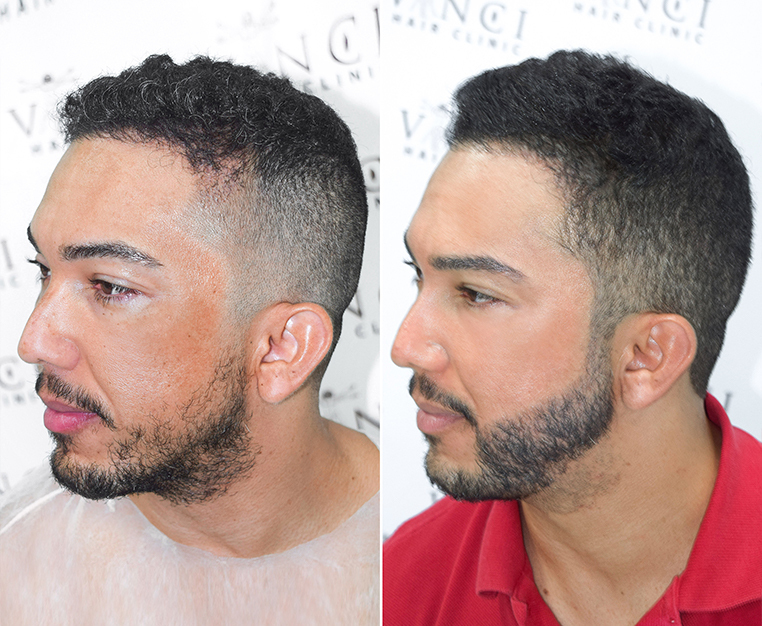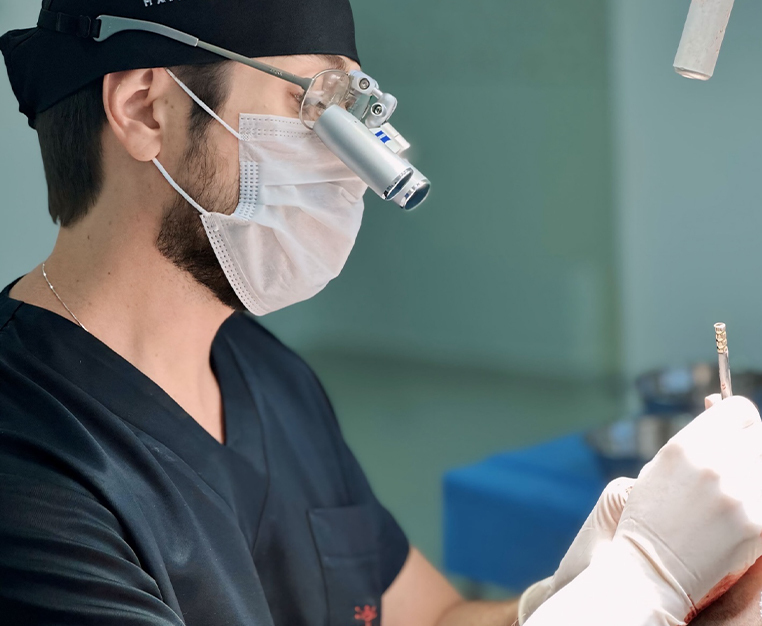Hair transplants are a popular and effective way to restore hair on bald or thinning areas of the scalp. However, many people have questions and concerns about this procedure, such as how it works, what it costs, and what to expect after the surgery.
In this article, we will answer some of the most frequently asked questions about hair transplants and provide you with useful information to help you decide if this is the right option for you.
What is a hair transplant?
A hair transplant is a surgical procedure that involves moving hair follicles from one part of your scalp (called the donor area) to another part where you have hair loss (called the recipient area).
The hair follicles are usually taken from the back or sides of your head, where the hair is more resistant to balding. The hair transplant can be done using two main techniques: follicular unit transplantation (FUT) or follicular unit extraction (FUE).
In FUT, a strip of skin with hair follicles is removed from the donor area and divided into smaller grafts, which are then implanted into the recipient area. In FUE, individual hair follicles are extracted from the donor area using a punch device and then implanted into the recipient area.
Both techniques require local anesthesia and leave scars, but FUE is less invasive and has a faster recovery time.
How does a hair transplant work?
A hair transplant works by relocating your own hair follicles to the areas where you need more hair. The transplanted hair follicles will continue to grow and produce hair as they did in their original location.
The hair transplant can improve your appearance, self-esteem, and confidence by restoring your hairline, filling in bald spots, and increasing your hair density and quality.
Who is a good candidate for a hair transplant?
The best candidates for a hair transplant are those who have enough healthy hair at the donor area to cover the recipient area. The hair transplant can be done for both men and women who suffer from various types of hair loss:
- androgenetic alopecia (male or female pattern baldness)
- alopecia areata (an autoimmune condition that causes patchy hair loss)
- or hair loss due to trauma, burns, or cosmetic procedures.
However, not everyone is eligible for a hair transplant. Some factors that may limit your suitability for a hair transplant include:
- Having a medical condition that affects your healing or increases your risk of infection, such as diabetes, heart disease, or blood disorders.
- Having a scalp infection, inflammation, or skin disease that affects your hair growth, such as psoriasis, eczema, or seborrheic dermatitis.
- Having unrealistic expectations or goals for the outcome of the surgery, such as wanting a full head of hair or a hairline that is too low or unnatural.
- Having a tight scalp or a low hair density on the donor area, which may limit the number and quality of the grafts available for transplantation.
Before you decide to undergo a hair transplant, you should consult with a qualified and experienced hair transplant surgeon who can evaluate your scalp, hair type, and hair loss pattern, and advise you on the best technique, procedure, and expected results for you.
How much does a hair transplant cost?
The cost of a hair transplant depends on several factors, such as the technique used, the number of grafts required, the location and reputation of the clinic, and the experience and skill of the surgeon.
The average cost of a hair transplant in the United States ranges from $4,000 to $15,000, but it can vary widely depending on the individual case.
A hair transplant is usually considered a cosmetic procedure and is not covered by most insurance plans. However, some clinics may offer financing options or discounts to make the procedure more affordable for you.
What are the risks and complications of a hair transplant?
A hair transplant is generally a safe and well-tolerated procedure, but like any surgery, it carries some risks and complications. Some of the possible side effects and complications of a hair transplant include:
- Bleeding, infection, swelling, bruising, or numbness of the scalp.
- Pain, discomfort, or itching of the scalp or the donor or recipient areas.
- Scarring of the scalp, either as a linear scar in FUT or as small circular scars in FUE.
- Inflammation or infection of the hair follicles, also known as folliculitis.
- Poor growth or survival of the transplanted hair follicles, resulting in low hair density, uneven hair distribution, or unnatural hair direction.
- Shock loss, which is the temporary shedding of some of the existing or transplanted hair due to the trauma of the surgery.
Most of these side effects and complications are mild and temporary, and can be treated with medications, creams, or antibiotics. However, some of them may be more serious or permanent, and may require further surgery or treatment to correct them.
To minimise the risks and complications of a hair transplant, you should follow the instructions and recommendations of your surgeon before and after the surgery, such as avoiding smoking, alcohol, blood thinners, and certain medications, keeping the scalp clean and moist, avoiding sun exposure, and refraining from strenuous activities.
What is the recovery time and process of a hair transplant?
The recovery time and process of a hair transplant vary depending on the technique used, the extent of the surgery, and your individual healing rate. In general, you can expect the following stages of recovery after a hair transplant:
- The first few days: You may experience some pain, swelling, bleeding, or scabbing of the scalp, which can be managed with painkillers, ice packs, and antibiotics. You should keep your head elevated and avoid touching, washing, or combing your hair. You may also wear a loose-fitting hat or bandana to protect your scalp from dust, dirt, or sunlight.
- The first week: You may be able to wash your hair gently with a mild shampoo and lukewarm water, following the instructions of your surgeon. You should avoid rubbing, scratching, or pulling your hair. You may also resume some of your normal activities, such as working, driving, or walking, but you should avoid strenuous exercises, swimming, or sports.
- The first month: You may notice some of the transplanted hair falling out, which is normal and expected. This is part of the natural cycle of hair growth, and it does not mean that the hair transplant has failed. The hair follicles are still alive and will start to produce new hair in a few months. You should continue to take care of your scalp and hair, and avoid any factors that may damage or stress your hair, such as chemicals, heat, or styling products.
- The first year: You may start to see some new hair growth in the recipient area, usually after three to four months. The hair will grow gradually and steadily, and will blend in with your existing hair. The final results of the hair transplant may take up to 12 months or longer to be visible, depending on your hair type, hair loss pattern, and hair growth rate. You may need more than one session of hair transplant to achieve your desired hair density and coverage, depending on your goals and expectations.
Conclusion
A hair transplant is a viable and effective solution for many people who suffer from hair loss and want to restore their hair and confidence. However, a hair transplant is not a miracle cure or a one-size-fits-all procedure.
It requires careful planning, preparation, and follow-up, and it may not work for everyone or produce the same results for everyone. Therefore, it is important to do your research, consult with a reputable and experienced hair transplant surgeon, and have realistic and reasonable expectations for the outcome of the surgery.
If you have any questions or concerns about hair transplants, feel free to contact us and we will be happy to assist you.





